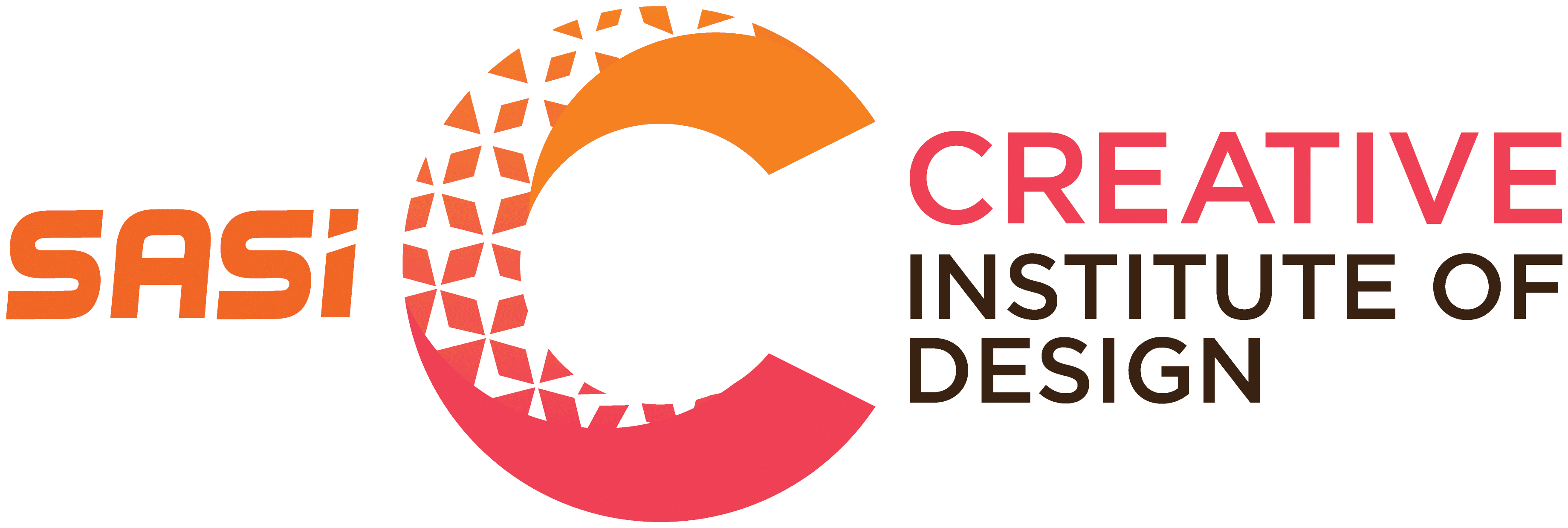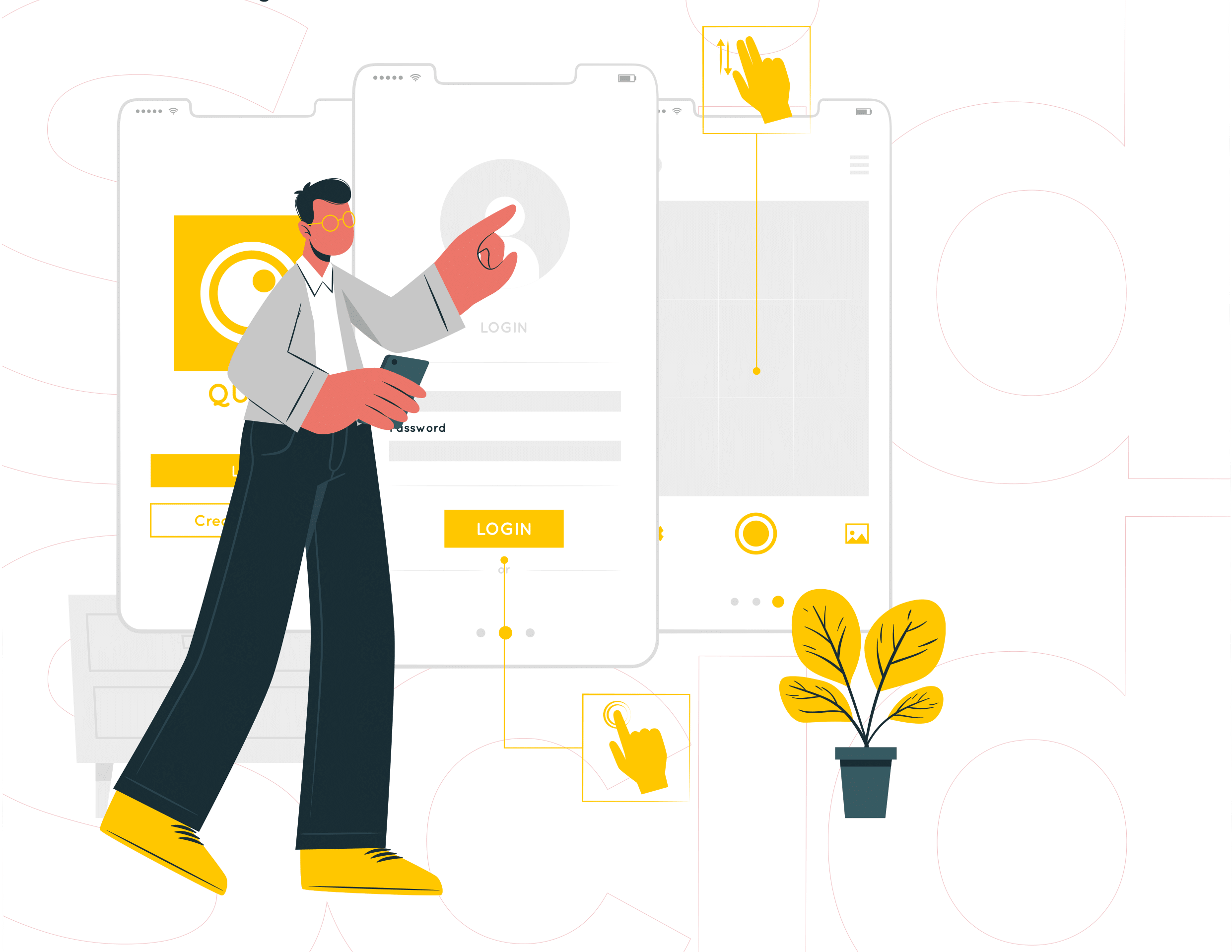What Is UI Design?
User-friendly interfaces are essential for digital products that are meant to be used by the general public. The look and feel of an app or website’s user interface is referred to as user interface design. It’s important to consider the aesthetics of digital iconography, including how they’re displayed on a website and the relationships between them. Interface design includes features such as fonts, colors, graphics, buttons, and menus.
All of these design decisions work together to make it clear to users what can be clicked, touched, or swiped and which of the series of buttons is the most significant.
What Do UI Designers Do?
Designing user interfaces falls under the umbrella of the UI design discipline. A user’s first impression of an app, website, or piece of software is shaped by its user interface. This is a form of visual designer, just like a web designer or a graphic designer. Designers specializing in user interfaces for digital products, such as websites, apps, and other digital media, are UI (User Interface) Designers.
A human-centered approach is adopted by UI Designers, just like UX Designers. When it comes to designing user interfaces, a UI Designer’s primary responsibility is to make sure they are both beautiful and intuitive (meaning that a person can quickly navigate around them without having to think too hard about what they are doing). User interface design (UI) influences customer perceptions of a brand.
Skills Required to Become a UI Designer
Creativity and Innovation in User Interface Design (UI Design)
Designers are in the business of coming up with innovative new designs on a regular basis. Innovative solutions should also be sought, pushing the boundaries of design aesthetics while resolving user concerns.
Attention to Detail
The finest UX/UI designers pay close attention to the smallest details rather than focusing on the overall picture.
Communication
UI designers generally work in groups to produce final products. Thus they must have excellent interpersonal and verbal communication skills. You should be able to convey your design concept to clients, developers, and other design team members.
Empathy
The user is at the center of the user interface design process. You’re not only creating attractive user interfaces. You’re creating user-friendly interfaces that are visually appealing.
Experience With Design and Prototyping Tools
Working knowledge of UX/UI design tools such as Adobe Illustrator, Adobe Photoshop, Figma, Proto.io, Sketch, Adobe XD, and Invision Studio is a must for any designer.
Knowledge of Design Principles
It’s important for UI and UX Designers to have an understanding of design concepts. Designing a website, software, or product is easier when you follow these tried-andtested concepts. Other concepts like color theory will also be required.
Education
While a degree isn’t always necessary to get a job as a UX or UI designer, having one can often open up new opportunities. Only a few universities offer programs specific to UI/UX. UX designers might get a degree in computer science, psychology, human-computer interaction, or design. UI designers, on the other hand, might graduate with a degree in digital design, graphic design, or interaction design.
Salary
According to the 2021 Salary Guide by digital creative staffing agency Onward Search, more than half of UX designers in the US reported making more than $100,400. That figure was $86,800 for UI designers [1]. Your salary could depend on many factors, including your location, industry, amount of experience, and educational background.


